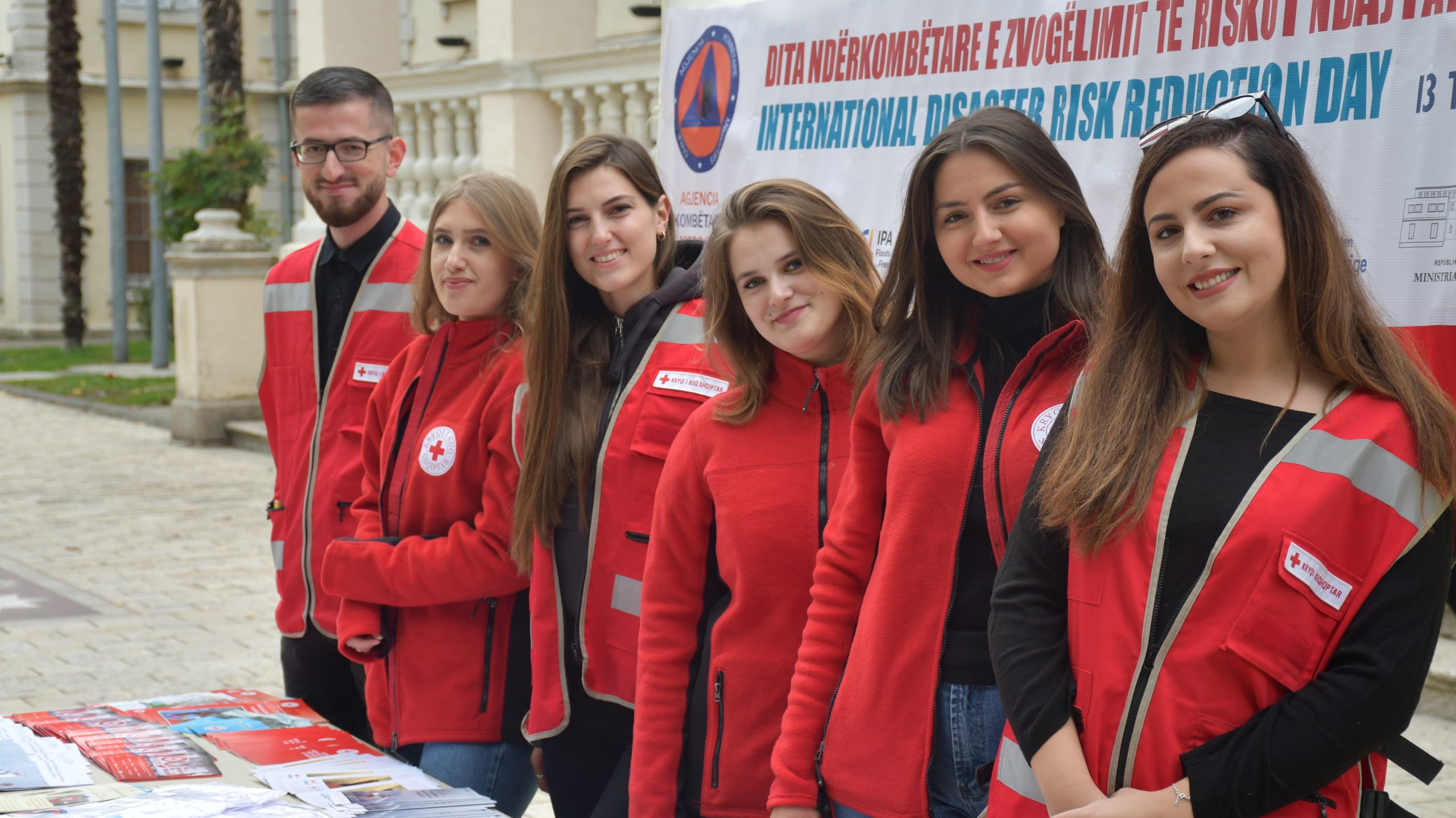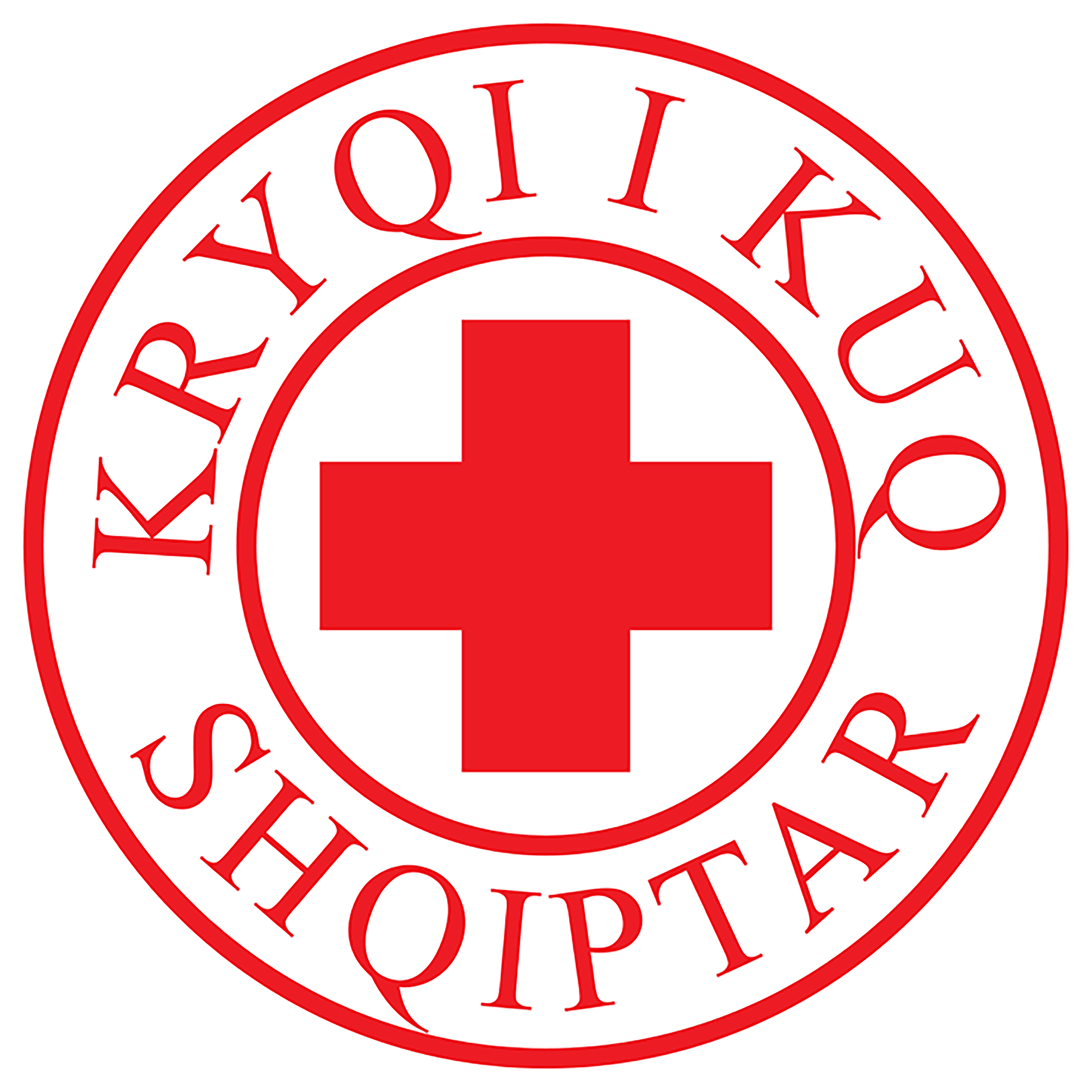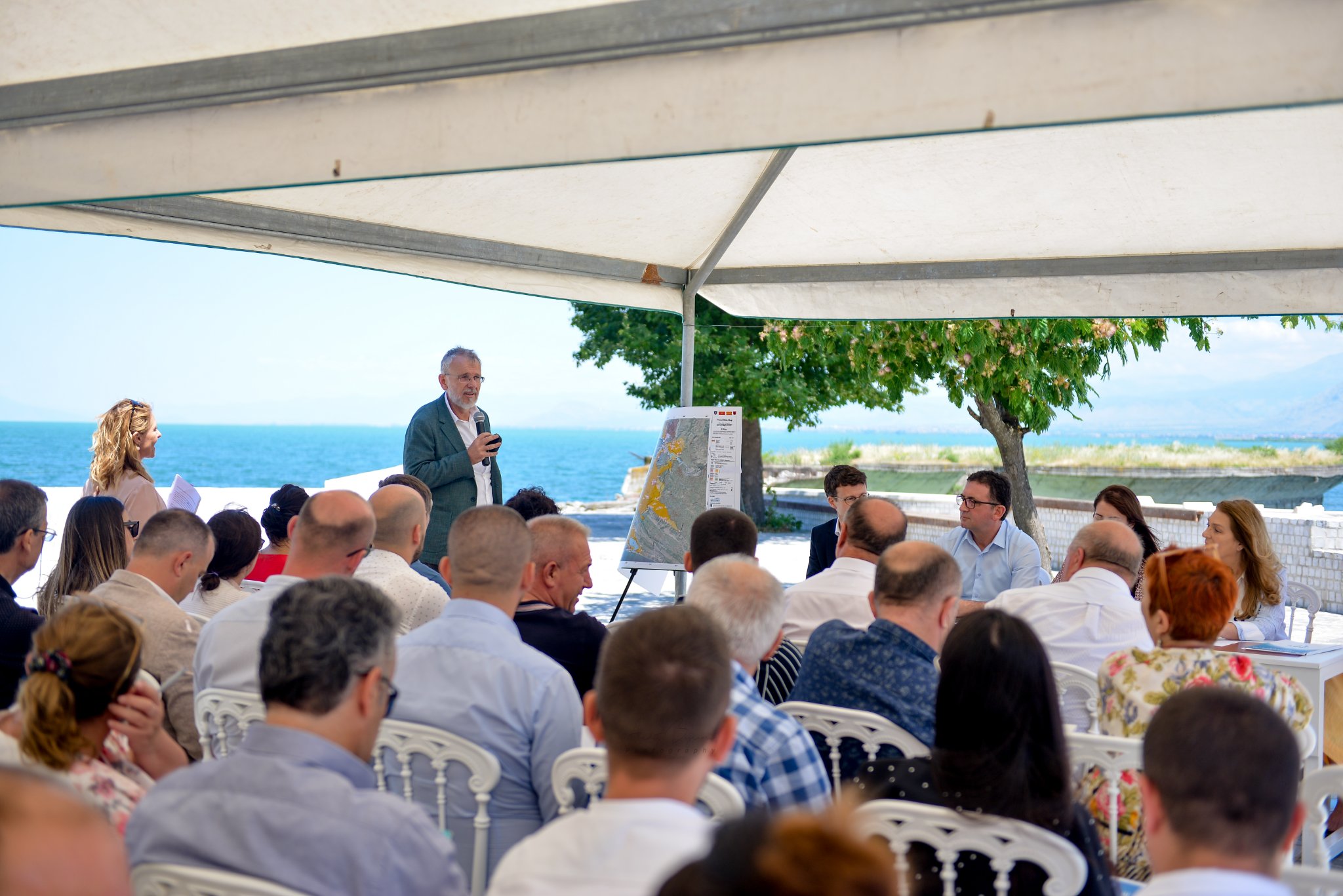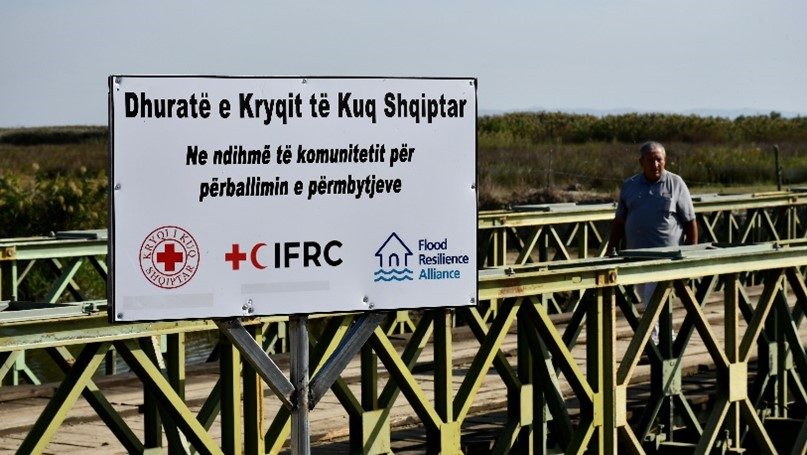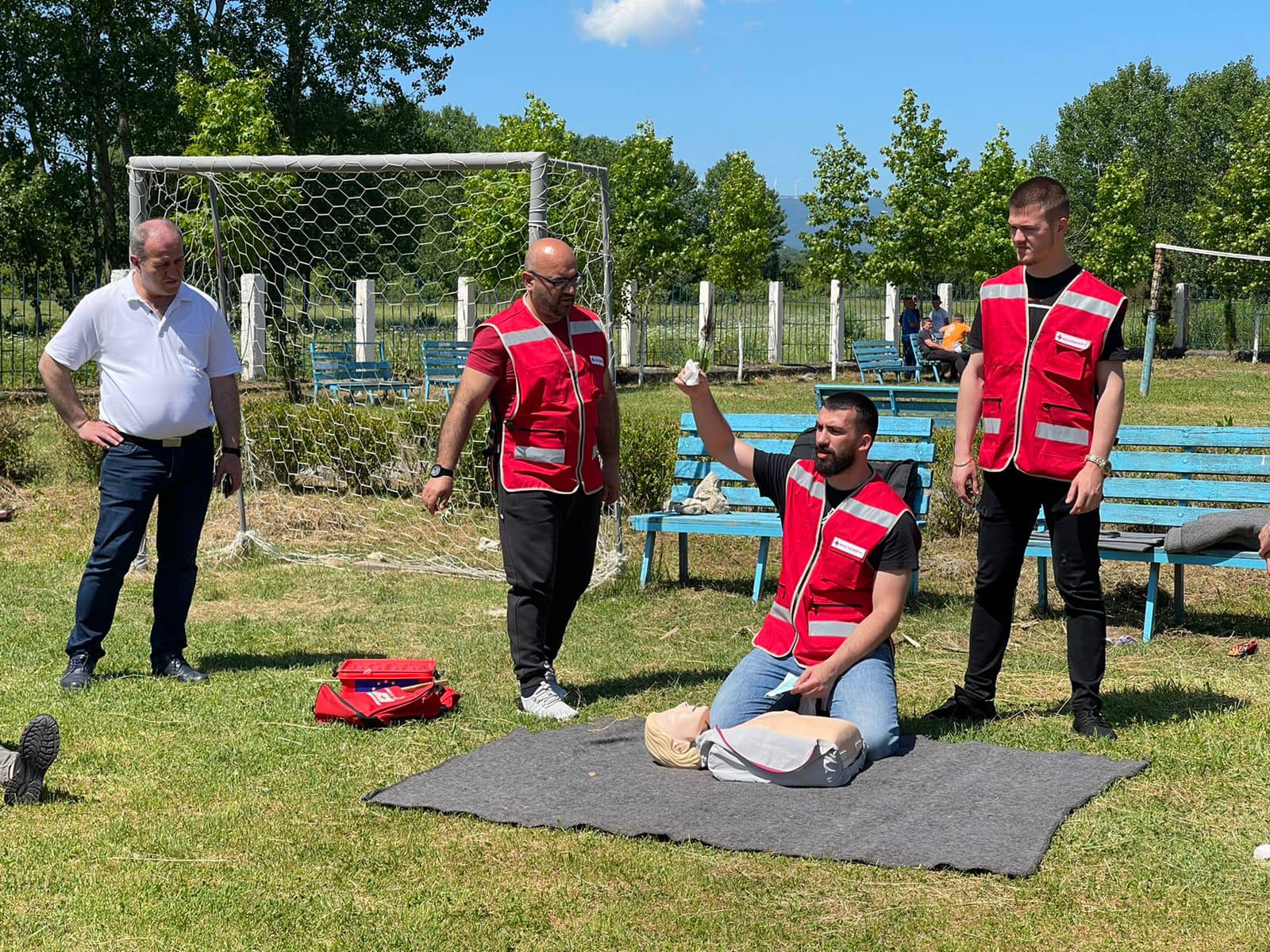Our impact so far
Flooding is the most common and damaging climate hazard in Albania. Eight main Albanian rivers, grouped in six watersheds, traverse the country from east to west. Floods in Albania are generally of pluvial origin and occur in the period November to March when the country receives about 80–85 per cent of its annual precipitation. Further compounding this risk is the fact that a lack of regular maintenance or repair has led to the deterioration of dyke systems, drainage channels, and pumping stations.
As part of the Alliance, the Albanian Red Cross has been at the forefront of flood resilience work in rural communities in two of the most flood-affected areas of the country; Shkodra in Northern Albania and Fier and Vlora in Southern Albania. In particular, floods have had a severe impact on livelihoods as most families in these areas are dedicated to agricultural activities.
At the community level, the Albanian Red Cross focused on increasing awareness of flood risk and strengthening local capacity to take action before, during and after floods both at the household and community levels. The program also collaborated with local and national authorities to rehabilitate and extend flood protection infrastructure in the target communities, including a flood wall and evacuation bridge, with a particular focus on protecting livelihoods. Beyond the target communities, the Albanian Red Cross worked with governmental and non-governmental partners to deliver positive impacts to people across the country through widespread awareness raising campaigns and contributions to key national policies. As a result, local voices, needs and priorities were integrated into policies including the National Strategy for Risk Reduction from Hazards 2023-2030 and the Disaster Risk Assessment. Further, the Albanian Red Cross initiated national cross-institutional discussions on Early Warning Systems that continue beyond the program.

